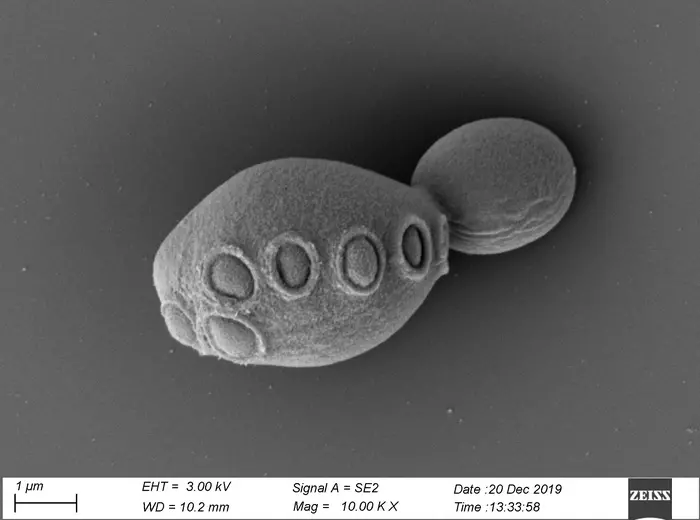Reactions: Yeast with over half of its genome synthetic developed for the first time
A team of researchers has managed to combine more than seven synthetic chromosomes made in the laboratory in a single yeast cell. This involves developing for the first time a eukaryotic cell with more than 50% synthetic DNA, which survives and replicates in a similar way to wild yeast strains. The results, which are part of the Synthetic Yeast Genome Project (Sc2.0), are published in the journal Cell.

Ojalvo - Levadura (EN)
Jordi García Ojalvo
Professor of Systems Biology at the Pompeu Fabra University of Barcelona
It seems to me to be a significant advance in the application of advanced synthetic engineering techniques that will help us better understand the relationship between the genome and the behavior of cells. It would be important to clarify that this cannot be considered an example of generating synthetic life, as was said after the publication of the first article in this series of experiments, published 13 years ago [about a bacteria] (and cited in the article current as reference 3).
As can be seen in that article, it says in the title that a cell had been "created", and that led me to misinterpret the (great) work that was done, since in reality no cell was created (just as happens in this article).
What has been done is to synthesize an important part of the genome (a merit in itself) and insert it into already existing cells. It is important to note that, so far, we have not been able to generate cells from scratch. All the cells that exist on Earth come from a first primordial cell that appeared almost four billion years ago, which has divided an enormous number of times to give rise to each and every one of the cells of all the organisms that exist. in the planet. We can create artificial genomes, but we cannot yet create artificial life, since the unit of life (the cell) is still out of our reach.
Peretó - Levadura (EN)
Juli Peretó
Professor of Biochemistry and Molecular Biology at the University of Valencia
The work is extraordinary, I would say titanic, because of the infinite number of technical problems, foreseen and unforeseen, that they have had to solve. To synthesise functional chromosomes is an extraordinarily complex task with the biology we know today. The biggest immediate benefit, in my opinion, is learning about the fundamentals of how complex genomes work.
There are bacteria and viruses with synthetic genomes, but this is the first approach to the synthetic genome of a eukaryotic cell, with the breakthrough of getting half of its artificial chromosomes. This is a milestone and the next steps may be even more difficult. Genomic alterations have been tested that may be useful for future chromosome engineering. A chromosome (a 'neochromosome') has even been synthesised that contains all the transfer RNAs (essential for decoding the genetic code and synthesising proteins) together, something that does not exist in nature and which demonstrates that genes can be drastically relocated without significantly affecting their function.
One of the limitations is our ignorance and the fact that some problems have to be solved as they arise, without being able to anticipate them. It is almost an artisanal task. Although the current hurdles have been overcome, as evidenced by the fact that cells function well with half of the synthetic chromosomes, what remains to be done may be much more complicated, not least because there is a significant fraction of yeast genes whose function is completely unknown. This will require an enormous additional effort to arrive at a complete artificial genome.
Zhao et al.
- Research article
- Peer reviewed
- In vitro
